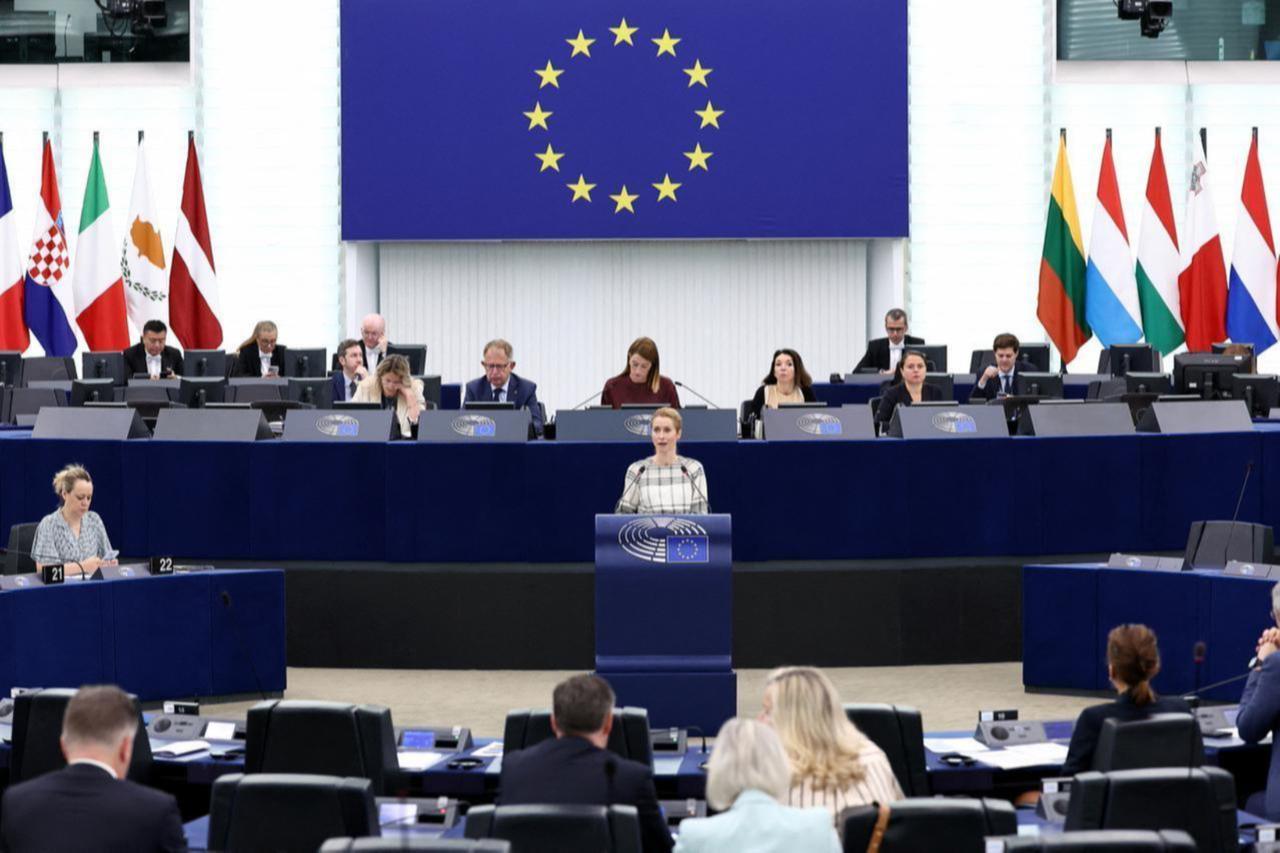
The European Commission introduced sweeping new regulations Wednesday aimed at transforming how military forces move across the continent, setting an ambitious 2027 deadline to establish what officials are calling a "Military Schengen" for defense mobility.
The military mobility package represents the first EU-wide harmonized framework for cross-border movement of troops and military equipment, capping bureaucratic procedures at three days and standardizing customs requirements that have long slowed deployments. The initiative seeks to address vulnerabilities exposed by fragmented national systems that can delay military responses during crises.
The proposal comes as European nations reassess defense preparedness amid evolving security challenges. The original Schengen Agreement, established in 1985, abolished border checks for civilian travel among participating European countries, fundamentally reshaping movement within the continent.
At the center of the package sits the European Military Mobility Enhanced Response System, designed to expedite troop deployments in both EU and NATO operations. The system will grant military forces priority access to critical infrastructure during emergencies, allowing member states to bypass standard procedures when rapid response becomes necessary.
The Commission plans to upgrade key transportation corridors to meet dual-use standards, enabling infrastructure to serve both civilian and military purposes. A new resilience toolbox will protect strategic assets across multiple sectors, including cyber networks and energy systems that underpin military operations.
The proposal establishes multiple layers of oversight and coordination. A newly created Military Mobility Transport Group will work alongside an enhanced Trans-European Transport Network Committee and national coordinators in member states to manage implementation. The Commission also announced plans for a "Solidarity Pool" to help countries share capabilities and a future Military Mobility Digital Information System to centralize coordination efforts.
The package marks a significant expansion of EU authority in defense matters, an area traditionally reserved for national governments and NATO. The Trans-European Transport Network, originally focused on civilian connectivity, will now incorporate military requirements into its planning framework.
Separately, the Commission launched the EU Defense Industry Transformation Roadmap, a parallel initiative targeting the bloc's defense manufacturing capacity. The roadmap emphasizes disruptive innovation and integration of emerging technologies, including artificial intelligence, quantum computing systems, unmanned aerial vehicles and space-based capabilities.
The plan outlines four priority areas: increasing investment flows to defense industries, accelerating technology development timelines, expanding member state access to advanced capabilities and strengthening the workforce through improved training programs. European defense industries have faced criticism for fragmentation, with member states often purchasing equipment from non-EU suppliers rather than coordinating procurement across borders.

The military mobility regulation now advances to the European Parliament and the EU Council, where member states and elected representatives will negotiate the final text. The Commission indicated it will begin implementing elements of the defense industry roadmap immediately, though specific timelines for individual initiatives remain unclear.
The 2027 target for full Military Schengen implementation gives member states roughly three years to adapt national systems, upgrade infrastructure and establish the digital platforms necessary for coordinated military movement across borders.